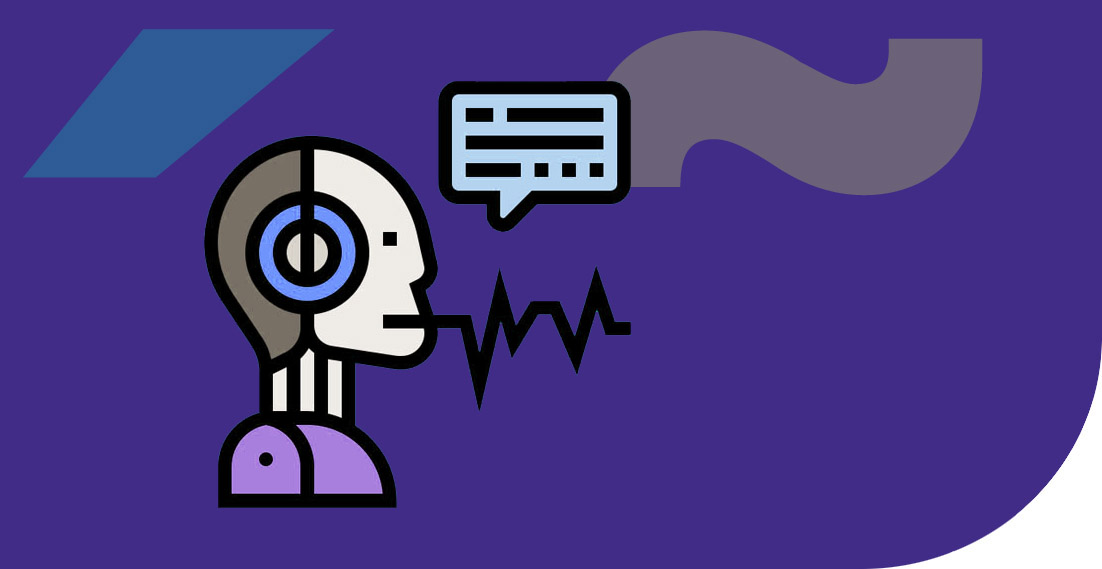Machine translation – definition along with the types, advantages and disadvantages of it

Machine translation, automated translation defines translation from one language to another without human participation. In times of the fast pace of development of information technologies, it falls under the category of ‘computer linguistics’, which is getting more and more efficient every year. Does such a dynamic development of this area mean that machines will soon replace humans also in the translation industry?
We will help you communicate with anyone, at any time, wherever they are. In all languages.
The beginnings of machine translation
It is interesting to note that the concept of machine translation appeared relatively early. The first ideas were created in the 17th century, but due to technological limitations, they were not possible to implement. The appearance of the first computers made it possible to start work on machine translation. Thus, the first translating computers were created in 1933 and, as is usually the case with new technologies, they were mainly used by the military.
Machine translation types
With the use of IT systems, machine translation can be prepared in several different types. The first type is machine-assisted translation, which means that the translator performing it uses special software to speed up and simplify the entire process. The second type is human-assisted translation, which means that the translator supervises the entire translation process, making adjustments before, during or after machine translation. The third type is full machine translation, which does not involve human input in both the source text and the translated text.
Machine translation methods
The types of machine translation are classified according to the degree of human input in the translation process. However, from the procedural point of view, it is also possible to distinguish methods used to carry out such translations. The most commonly used methods of machine translation are as follows:
· direct translation systems – this involves the translation of words in the source text directly into the expected words in the target language. This method is acceptable only in the case of related languages;
· syntactic translation system that is based on the syntax analysis of the source text. The result of such a translation is a syntax tree from which the elements most suited to the desired effect have to be selected;
· interlingual system that is based on the universal language of interlingua. In this system, the entire process is based on translation from the source language to interlingua and from interlingua to the target language;
· statistical translation – it is based on a human-made translation memory. The translation is based on the analysis of the translation memory and the selection of the most probable translation. This system is used in Google Translate or DeepL;
· example-based translation – it is similar to statistical translation, with the difference that the system does not search for the most similar words in the translation memory, but for entire sentences.
Each of the systems has its advantages and disadvantages, which is noticed by people in charge of the development of translation technologies. For this reason, many of the machines used for automatic translation rely on algorithms, which are based on two or more systems. This can be observed in how Google Translate works. Sometimes it uses a direct translation system, other times a statistical translation based on examples, and in other cases a syntactic translation system.
Translation memory – what is it?
Since the key modern machine translation systems are based on translation memory, it is definitely worth discussing this concept in more detail. To define it as briefly as possible, a translation memory is a database containing records of at least two language versions of one fragment of a text, usually entire sentences. The so-called CAT tools are used to read such memories. In practice, they should be treated as an auxiliary tool in a translator’s work and their primary purpose is to save time and speed up the work process.
How does it work?
Since translation memory is simply a database, it can be gradually expanded with more content added. In fact, that’s exactly how it works. Each subsequent translation made through a given CAT tool saves more and more words and entire sentences in the translation memory. Due to the above, each subsequent translation is carried out faster, especially when it includes repetitive sentences or entire sections.
A translator using such a solution uploads the source text into the CAT tool, and as a result of its operation, suggestions of the translation of individual sentences are obtained. These suggestions can either be accepted, modified or rejected. This procedure streamlines the daily work of a translator, whose efficiency increases in proportion to the growing database.
Machine translation – the disadvantages
Despite the fact that automated translation is more and more accurate, it will still not be able to replace the work of a human. There are several reasons for the above, the most important being the fact that a computer does not have a linguistic sense. Even when using a syntactic or example-based system, the translation will still be based on a fixed algorithm, which will not work when the source text exceeds the imposed limits.
The advantage of human over machine
The greatest advantage of a human translator over machine translation results from a simple relationship: speech as such is a living phenomenon, while the dynamics of linguistic changes are very high. In the context of such a living phenomenon as language, machine translation will always remain secondary to human activity. The situation will not change until an artificial intelligence is created based on an equally efficient or even more efficient processor as the human brain.
Even assuming that such a technology will ever be developed, a machine translator will probably never acquire a feature that is unique to humans, namely intuition. It often makes it possible to make the right decisions, without rational analysis. In the context of translation studies, this principle also applies, because it comes down to using the right word in the right context and an instinctive understanding of linguistic nuances such as irony, humour or a situational joke. Even the most advanced artificial intelligence will not have this skill, because it is unlikely that a machine will be equipped with the ability to interpret emotions.
Does machine translation help the translator?
Keeping all of the above in mind, machine translation will not substitute human labour anytime soon. This does not mean, however, that such translation algorithms are the enemy of typical language translations. It is quite the opposite: skilful use of machine translation is a great solution to speed up work. All that is needed is proper knowledge on how to use these technological benefits.
Proofreading of machine translation
A translator using a CAT tool must be familiar with the concept of proofreading of machine translation. The most important factor is the openness to the result of the translation made by a computer. Many words or sentences will be translated in a literal way, so you will need to be careful when looking for more relevant language equivalents. It is also worth investing in your own translation memory so that each subsequent order can be carried out even faster based on previously saved data. This is how machine translation will support a translator who wants to streamline their daily work.
Is it worth using machine translations?
Since machine translation is based on imperfect algorithms and systems, is it worth using this solution at all? It all depends on the purpose of the text. If you just want to get an understanding of an article on a foreign website or an offer of a foreign company, for instance, then this solution will be enough. After all, there is nothing easier and faster than right-clicking the appropriate icon on a website and selecting “Translate page”.
Nevertheless, the situation is completely different with the content you want to show to foreign audiences. Its quality must be high if your intention is to gain trust of your readers. Low-quality texts resulting from machine translation will have a negative impact on your image as a professional. For this reason, it is worth finding a human translator for business, marketing, sales and other content with a specific purpose. Optionally, you can decide to use machine translation on condition that it is later proofread by someone fluent in a given language.
Other articles:
How does neural machine translation (NMT) work?
CAT tools and translation memory. How to use them efficiently?
We will help you communicate with anyone, at any time, wherever they are. In all languages.
Marketing translation as the key to success of the fashion industry. Cooperation with a popular fashion brand
We cooperated with many customers on a daily basis. They include local companies, international enterprises and well-known brands. What are the similarities between all of them? Everyone expects high-quality translations that will help in business development. Additionally, professional translations affect their image, contribute to the opinions of recipients and are the decisive factor when it […]
Hemingway Editor and other tools for text proofing and translation
Typically, content writers first note down the message they wish to put across to their audience. Then, they re-read and edit the text. This way, they can achieve better readability, understanding and structure, and at the same time they can correct any errors in the content. It is a complex process, but fortunately there are […]
Translation of advertising slogans – how not to fall into the language trap?
Advertising translation involves the process of transferring advertising messages from one market to another. The advertising discourse is created in a language that is not only a communication tool, but also an expression of culture. This makes ad translation a highly accuracy-demanding activity. Translating slogans requires both a cultural and linguistic connection. Adapting a brand […]
TOP 8 languages for e-commerce purposes. Sourcing customers around the world
Do you manage an e-shop and want to source customers abroad to increase profit? Translations will be the basis for reaching foreign recipients with your offer. You need to start speaking their language and adjust product or service descriptions to the country where you intend to sell them. You’re probably wondering which languages to start […]



